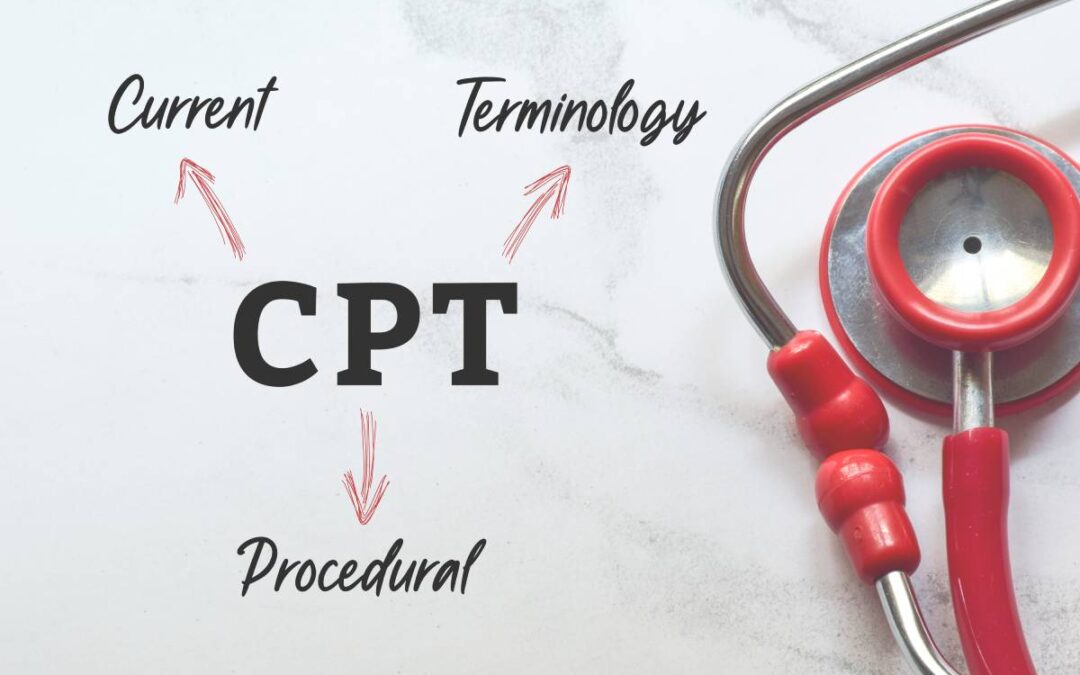The Current Procedural Terminology (CPT) system, maintained by the American Medical Association (AMA), is a set of codes used by healthcare professionals to document medical services and procedures for billing and insurance purposes 1. CPT codes are essential for accurately recording treatments, interventions, and consultations. The introduction of new CPT codes allows for more precise coding and reimbursement for the expanding range of available interventions, including in pain medicine. In recent years, several new CPT codes have been introduced in the field, reflecting advancements in pain medicine and more specific treatment modalities.
Pain management is a rapidly evolving field, with new techniques, medications, and technologies constantly being developed. Updated CPT codes ensure that physicians and healthcare providers can appropriately document new services and procedures while also receiving adequate reimbursement. Accurate coding is vital for maintaining compliance with insurance and billing regulations, reducing the risk of claim denials or audits. Furthermore, it allows for better tracking of medical trends, ensuring that clinicians can benchmark the effectiveness of various pain management strategies 2,3.
In recent years, several new CPT codes have been introduced for a range of procedures related to pain medicine, including nerve blocks, injections, and spinal interventions.
Peripheral Nerve Stimulation (PNS): Peripheral nerve stimulation is an emerging pain management technique where small electrodes are placed near nerves to deliver electrical impulses, providing pain relief 4,5. In 2020, CPT code 64555 was introduced to address this, allowing pain management specialists to accurately bill for both the implantation of neurostimulation devices and the ongoing management of these devices.
Ultrasound-Guided Procedures: Ultrasound technology is increasingly used to guide pain management procedures such as nerve blocks, injections, and joint aspirations 6,7. CPT codes (e.g. 76942 and 20611) have been introduced to account for these more advanced techniques. These recognize the use of imaging guidance in pain management procedures, particularly for patients with chronic knee pain or osteoarthritis.
Epidural Injections: Epidural steroid injections are commonly used for managing chronic back and leg pain 8. The recent introduction of new CPT codes (e.g. 62321 and 62323) reflects advancements in the techniques used for these injections, specifically in terms of imaging guidance.
Radiofrequency Ablation (RFA): Radiofrequency ablation, which uses heat to destroy nerve tissues causing pain, has become a common technique for treating chronic pain conditions, such as back pain, osteoarthritis, and neuropathic pain 9. The new CPT code (64624) is used when ablating the genicular nerves to manage chronic knee pain. It is an important addition as it recognizes the growing role of RFA in managing pain related to osteoarthritis and other conditions.
There are several benefits to updating CPT codes as medicine evolves. New CPT codes allow for greater specificity when billing for pain medicine and other procedures. This ensures that providers are compensated fairly for the complexity and resource-intensiveness of newer techniques, such as ultrasound-guided injections or nerve stimulation. Furthermore, with the availability of updated codes, providers can document advanced pain relief techniques more accurately. This documentation supports better patient care by providing detailed records of interventions and allowing for more precise tracking of outcomes. Finally, insurance companies often base their reimbursements on CPT codes. The addition of new codes ensures that providers can bill correctly for cutting-edge treatments, preventing financial loss from improperly coded procedures 10,11.
The introduction of new CPT codes in pain medicine is essential for keeping pace with the rapid advancements in the field. These codes allow for more precise documentation, appropriate reimbursement, and enhanced patient care. As pain management techniques continue to evolve, staying updated on these changes is crucial for healthcare providers to ensure compliance and optimize patient outcomes.
References
- CPT® (Current Procedural Terminology) | AMA. Available at: https://www.ama-assn.org/amaone/cpt-current-procedural-terminology.
- CMS Pain Management Codes for 2023. Available at: https://www.medcentral.com/coding-reimbursement/cms-pain-management-codes-2023.
- Upp, J., Kent, M. & Tighe, P. J. The Evolution and Practice of Acute Pain Medicine. Pain Medicine (United States) (2013). doi:10.1111/pme.12015
- Xu, J. et al. Peripheral nerve stimulation in pain management: A systematic review. Pain Physician (2021). doi:10.36076/ppj.2021.24.e131-e152
- Abd-Elsayed, A. & D’souza, R. S. Peripheral nerve stimulation: The evolution in pain medicine. Biomedicines (2022). doi:10.3390/biomedicines10010018
- Peng, P. W. H. & Narouze, S. Ultrasound-guided interventional procedures in pain medicine: A review of anatomy, sonoanatomy, and procedures part I: Nonaxial structures. Regional Anesthesia and Pain Medicine (2009). doi:10.1097/AAP.0b013e3181aea16f
- Korbe, S., Udoji, E. N., Ness, T. J. & Udoji, M. A. Ultrasound-guided interventional procedures for chronic pain management. Pain management (2015). doi:10.2217/pmt.15.46
- Epidural Steroid Injections – StatPearls – NCBI Bookshelf. Available at: https://www.ncbi.nlm.nih.gov/books/NBK470189/.
- Radiofrequency Ablation (RFA): What It Is & Procedure. Available at: https://my.clevelandclinic.org/health/treatments/17411-radiofrequency-ablation.
- Dotson, P. CPT® Codes: What Are They, Why Are They Necessary, and How Are They Developed? Adv. Wound Care 2, 583 (2013).
- Purpose and Use of CPT Codes in Medicine. Available at: https://www.verywellhealth.com/what-are-cpt-codes-2614950.







Recent Comments